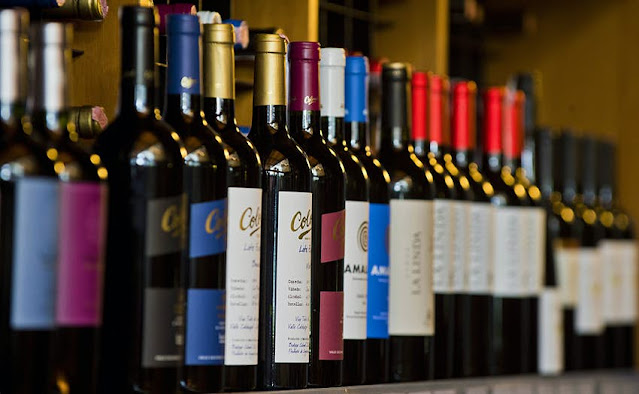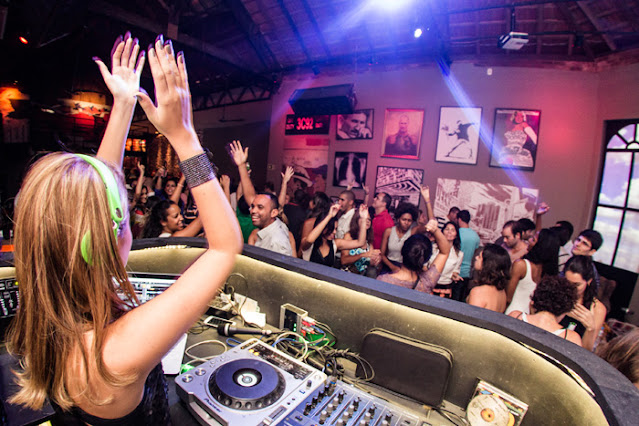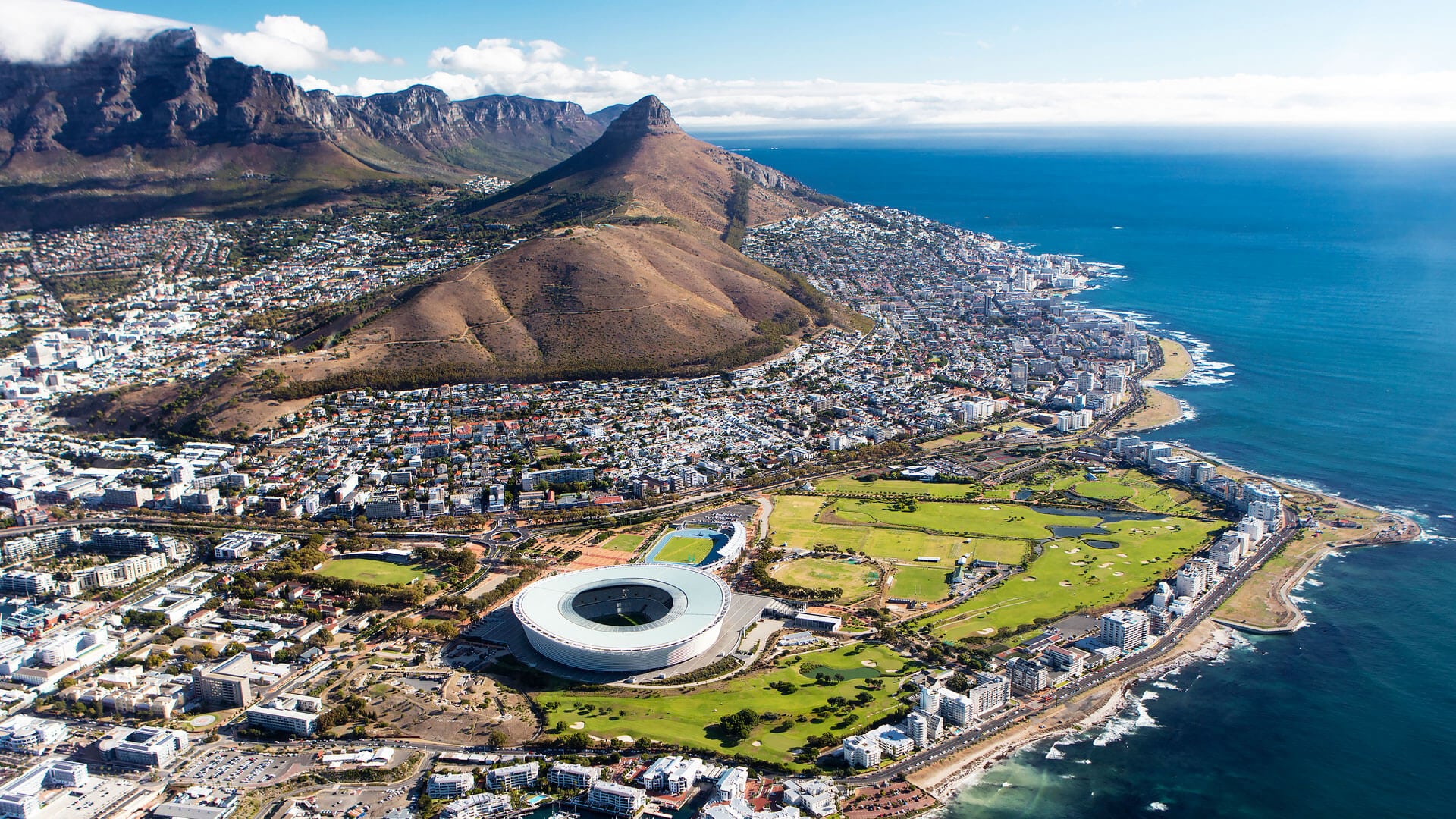Rio De Janeiro City Guide
Aside from ‘Carnival’, Rio de Janeiro is also currently in the news as it is scheduled to be the host city for some of the world’s greatest sporting events in the coming years, namely the Summer Olympics in 2016 and the FIFA World Cup in 2014. The city is undergoing much hectic building activity and up-gradation in order to be ready for these events and welcome the hordes of visitors that may be planning to book vacations to Rio de Janeiro.
Where to stay in Rio De Janeiro
São Conrado/Barra da Tijuca
The Barra de Tijuca area of Rio de Janeiro hosts the city’s Riocentro Convention Center, which is the largest facility of its type in all of Latin America. Accordingly, this area hosts many business- oriented hotels so if you are in Rio on a work trip, rather than just on a vacation you may want to choose the Rio de Janeiro hotels located within the area of Barra de Tijuca for your stay in Rio de Janeiro. However, though this area is a convenient accommodation locale for business travelers it is located quite far away from the tourist centric hubs of Ipanema and Copacabana.
Ipanema/Leblon
Rio is equipped with more than 90 kilometers of white sand beaches. The city’s best known beaches like Ipanema and Leblon, thus host a wide array of hotels that range from luxury hotels to budget accommodation options. These beach-front areas further host some of the best restaurants in the city. If you enjoy being in thick of all the action during a vacation then perhaps the hotels located in the Ipanema/Leblon areas should get your vote for stay in Rio de Janeiro.
Copacabana
Copacabana was once the most favored neighborhood for tourists on a vacation to Rio de Janeiro. However in recent years, this beach front neighborhood has become increasingly touristy and crowded with vendors and hawkers and has fallen out of favor with visitors. However it continues to host some well known luxury hotels and also is very well connected to the rest of the city via the bus service and a Metro line.
Flamengo, Catete, Glória
Flamengo, Catete and Gloria are some of the older neighborhoods of Rio de Janeiro, which are located just south of downtown Rio and offer a wide range of diverse accommodation options. These neighborhoods are equipped with several architecturally interesting buildings, which offer an insight into the rich history of Rio de Janeiro. So if you are looking to stay in a neighborhood with some character during your Rio de Janeiro vacation then perhaps you should choose a hotel located within one of these older neighborhoods of Rio de Janeiro.
Places to see in Rio De Janeiro
Beaches
Rio is located on the Southern Atlantic coast of Brazil and offers a plethora of world famous sights but perhaps its most popular attractions are its many stunning beaches like Leblon, São Conrado, Leme , Arpoador Ipanema and Copacabana and more. Of these many white sand beaches in Rio, Ipanema and Copacabana are the most famous. Such is their appeal that they have been immortalized forever in countless movies and popular songs.
Almost all of Rio’s beaches hum with activity all day long as they are populated with various shops, restaurants and vendors and avid beach-goers who enjoy frolicking in the waters of the Atlantic or indulging in other recreational activities like sunbathing, playing volley ball and soccer.
Corcovado Mountain
Rio’s most famous attraction is perhaps the Corcovado Mountain, which is topped by the distinctive statue of Christ the Redeemer. This statue which is largely regarded to be the symbol of Rio is also considered to be one of the Seven Wonders of the Modern World. The Corcovado Mountain rises to 2330 ft (710m) above sea level and can be accessed by a toy train that runs from the Cosme Vehlo District through the dense vegetation of the rainforest to the foot of the statue. The views of Rio from the train and from statue are simply breath-taking and a trip to Corovdo Mountain should then be considered a must-do on any trip to Rio de Janeiro.
Sugarloaf Mountain
Sugarloaf Mountain is yet another iconic landmark that is located in Rio de Janeiro. This mountain was named ‘Sugarloaf’ for it is believed that it resembles the loaves of sugar, which were once used by Portuguese colonists. The summit of Sugar Loaf Mountain can be reached by a two-level cable car ride. The first stage of this ride is from the station at Praia Vermelha to Urca Hill, which rises 705 feet(220m) above the bay, and the second stage transports tourists to the top of Sugar Loaf from where visitors can take in panoramic views of Copacobana and the rest of Rio City.
The Sugar Loaf Mountain is yet another iconic attraction of Rio de Janeiro which should be considered a must-do on any vacation in the city.
Rio de Janeiro Botanical Gardens
The verdant botanical gardens of Rio de Janeiro, which are known as Jardim Botanico should also be included in your sight-seeing itinerary for Rio de Janeiro. These gorgeous gardens, which were founded in 1808, extend over an area of about 340 acres and host 6500 species of plants and trees including some very impressive Imperial Palms, which have been hosted in the garden since 1842.
Historical landmarks
Besides these world famous outdoor attractions, Rio also offers several historical landmarks, which are also largely located in the heart of the city like the Municipal Theater, the National Museum of Fine Art, the Itamaraty Palace, the National History Museum, and the National Library, which are especially popular with culture loving tourists on a visit to Rio.
Favela Tours
Most tourists to Rio de Janeiro are aware that the city also has a dark side to in the form of its many shanty towns or favelas where high rates of crime as well as innovative enterprise co-exist. Intrepid tour guides in Rio de Janeiro offer favela tours for tourist who are curious to witness the daily life in a Rio Favela on their visit to Rio.
Best time to visit Rio De Janeiro
Since Rio is situated in the Southern hemisphere and experiences its summers between the months of November and March during which the average daytime temperatures in the city generally register around 33C (91F) and the days are usually hot and humid. The winter season in Rio usually occurs between the months June to September and the weather during these months is described as ‘cool’ not cold as daytime temperatures generally tend to hover around 24 C (75F). However, the city does receive some rainfall during its winter months.
This year round agreeable weather makes Rio a destination that can be visited throughout the year and FareAdda routinely offers flight deals for Rio, so if you are desirous of taking a beach side vacation in Rio de Janeiro sometime soon, it would make sense to explore the many cheap air tickets deals for Rio that FareAdda has to offer.
Getting around in Rio De Janeiro
Rio is served by its Galeão Antonio Carlos Jobim International Airport (GIG) situated on Governor’s Island, which is located at distance of 12 miles (20km) to the north of the city. The Rio airport receives a whole host of air carriers from all over the world.
The city also has a well developed public transport system, which consists of the metro (subway), buses, and taxis. The public transport system in Rio is relatively inexpensive to use and most tourists to the city prefer to use public transport in Rio rather than rent a car. Car rentals in Rio are easily available but the city’s chaotic traffic conditions generally discourage tourists from renting a car and driving in the city.
Where to shop in Rio De Janeiro
Tourists who flock to Rio, don’t really have shopping on their minds, given the countless other attractions that this oceanfront Brazilian city has to offer. However, if you would like a respite from Rio’s many beach side attractions, you could always choose to explore its rather interesting and eclectic shopping options.
Rio’s many beachfronts like Copacabana, Ipanema, and Leblon host no big malls but are lined with boutique malls called galerias. The boutiques housed within these galerias offer products like resort wear, swimwear, accessories, and various other knick-knacks. The main shopping street in Copacabana is Nossa Senhora de Copacabana and the beach front also hosts a lively street market on most weekends featuring vendors of souvenirs and various other arts and crafts. Upmarket shopping options in Ipanema can be had at boutiques that line the area’s streets like Rua Visconde de Piraja. Yet another locale for luxe shopping is the São Conrado Fashion Mall situated close to the beachfront at Leblon.
Aside from these beachfront shopping options, Rio offers much opportunity for retail therapy along its city center pedestrianized streets like Rua Uruguaiana, Rua Buenos Aires and Rua da Alfândega. These streets, which are situated within the downtown neighborhood, Centro, are lined with numerous small stores offering well-priced items like apparel, shoes and accessories. Rua Gonçalves Dias located nearby offers myriad luxe shopping opportunities at its stores, which offer products belonging to big name International and Brazilian brands.
For a typical Brazilian mall shopping experience try the Botafogo Praia Shopping and the Rio Sul, malls in Botafogo and the gargantuan Barra Shopping mall located in Barra da Tijuca.
Small shops in Rio general stay open for business from 10 am to 7pm during the work week, and open from 9am to 1pm on Saturdays. Most stores around the city are closed on Sundays. Malls in Rio typically stay open from 10 am to 10pm from Monday to Saturday but have shortened hours on Sundays from 2pm to 8pm.
Where to eat in Rio De Janeiro
Rio is an established destination on the tourist map and thus hosts a wide array of restaurants offering a variety of local and international cuisines. Highly-recommended, must-try eateries in Rio, at present, include hot spots like Porcão churrascaria (Brazilian grills at various locations around the city), Siri Mole and Cia (Bahian food), Casa da Feijoada (best for Feijoada, the famed Brazilian bean stew), Zuka (European eats), Roberta Sudbrack (contemporary eats), Gero and Braz (Italian cuisine) and Confeitaria Colombo (a historic, belle époque café).
Nightlife in Rio De Janeiro
Popular nightlife haunts in Rio currently include hot spots like Casa da Matriz in Botafogo), Fosfobox (in Copacabana), Boox, Baronneti and Londra (all in Ipanema), Club Praia, Club Miroir (both in Lagoa), Melt (in Leblon), Café del Mar (in Copacabana), Zozo (in Urca), the Week (in Centro) and Nuth (in Barra da Tijuca).




























Comments
Post a Comment